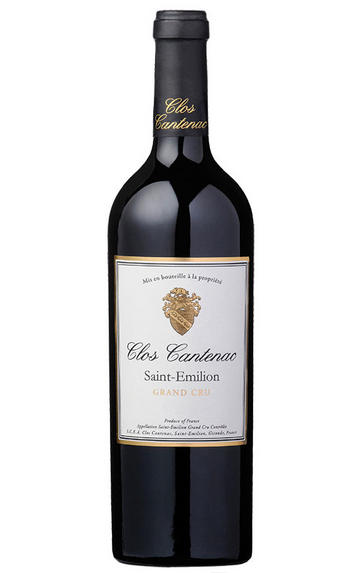
2021 Clos Cantenac, St Emilion, Bordeaux
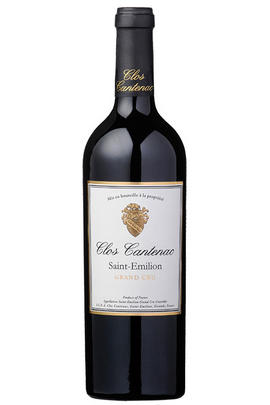
Critics reviews
The 2021 Clos Cantenac has a straightforward bouquet of red cherries, raspberry and light truffle scents. There is just a tiny reduction compared to the Petit Cantenac. The medium-bodied palate offers red berry fruit laced with espresso and chestnut and framed by grainy tannins. Just the right amount of dryness comes through on the Bing cherry and black-pepper-tinged finish. Worth seeking out. (13.5% alcohol)
Drink 2027 - 2038
Neal Martin, vinous.com, (May 2022)
This is the first time to have some Cabernet Franc in the blend of the main wine, and it works well, with juicy, mouthwatering raspberry and red cherry fruits, that deepen into more textured blackberry flavours as it settles into the glass. Gentle extraction, whispers of cigar box and campfire smoke, great clarity of flavour. Highly enjoyable from winemaker Charlotte Krajewski. 45% new oak.
Drink 2026 - 2040
Jane Anson, janeanson.com (May 2022)
A little more obviously oaky on the nose than the Petit Cantenac but still vibrantly fruity in aroma. Fresh with raspberries more than cassis though it has both, just a light cedary note. On the palate, a bigger wine, more chewy, sinewy, but not lean. Excellent freshness and balanced even without the flesh and richness I often find on this wine. Lots of energy in that freshness.
Drink 2026 - 2031
James Lawther, jancisrobinson.com (May 2022)
Notions of cherries, sweet red berries and raw cocoa introduce the 2021 Clos Cantenac, a medium to full-bodied, lively Saint-Émilion framed by powdery tannins that assert themselves on the finish.
William Kelley, Wine Advocate (Apr 2022)
About this WINE
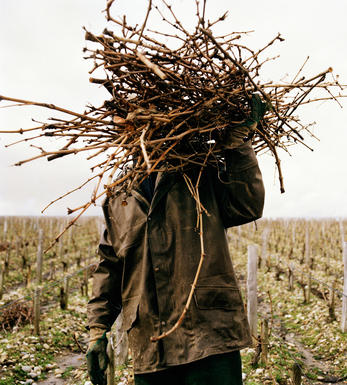
Clos Cantenac
Clos Cantenac is a 3 hectares wine property with vines planted on a combination of deep gravel, sand and clay over limestone soils.
It is situated close to the pre-historic "Megalith de Pierrefitte" in the Saint Emilion wine appellation and it was purchased in 2007 by Martin Krajewski, the owner of Chateau de Sours. The property is is run by Krajewski on the helm along with wine enthusiast Marcus Le Grice from New Zealand and Sebastien Lamothe, Oenologist and Technical Director of Chateau de Sours.
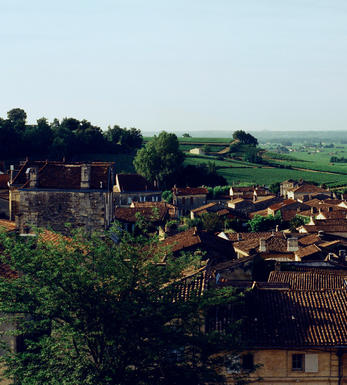
St Émilion
St Émilion is one of Bordeaux's largest producing appellations, producing more wine than Listrac, Moulis, St Estèphe, Pauillac, St Julien and Margaux put together. St Emilion has been producing wine for longer than the Médoc but its lack of accessibility to Bordeaux's port and market-restricted exports to mainland Europe meant the region initially did not enjoy the commercial success that funded the great châteaux of the Left Bank.
St Émilion itself is the prettiest of Bordeaux's wine towns, perched on top of the steep limestone slopes upon which many of the region's finest vineyards are situated. However, more than half of the appellation's vineyards lie on the plain between the town and the Dordogne River on sandy, alluvial soils with a sprinkling of gravel.
Further diversity is added by a small, complex gravel bed to the north-east of the region on the border with Pomerol. Atypically for St Émilion, this allows Cabernet Franc and, to a lesser extent, Cabernet Sauvignon to prosper and defines the personality of the great wines such as Ch. Cheval Blanc.
In the early 1990s there was an explosion of experimentation and evolution, leading to the rise of the garagistes, producers of deeply-concentrated wines made in very small quantities and offered at high prices. The appellation is also surrounded by four satellite appellations, Montagne, Lussac, Puisseguin and St. Georges, which enjoy a family similarity but not the complexity of the best wines.
St Émilion was first officially classified in 1954, and is the most meritocratic classification system in Bordeaux, as it is regularly amended. The most recent revision of the classification was in 2012
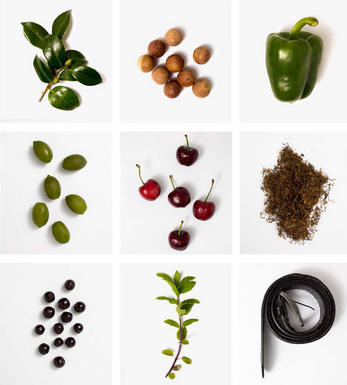
Cabernet Sauvignon Blend
Cabernet Sauvignon lends itself particularly well in blends with Merlot. This is actually the archetypal Bordeaux blend, though in different proportions in the sub-regions and sometimes topped up with Cabernet Franc, Malbec, and Petit Verdot.
In the Médoc and Graves the percentage of Cabernet Sauvignon in the blend can range from 95% (Mouton-Rothschild) to as low as 40%. It is particularly suited to the dry, warm, free- draining, gravel-rich soils and is responsible for the redolent cassis characteristics as well as the depth of colour, tannic structure and pronounced acidity of Médoc wines. However 100% Cabernet Sauvignon wines can be slightly hollow-tasting in the middle palate and Merlot with its generous, fleshy fruit flavours acts as a perfect foil by filling in this cavity.
In St-Emilion and Pomerol, the blends are Merlot dominated as Cabernet Sauvignon can struggle to ripen there - when it is included, it adds structure and body to the wine. Sassicaia is the most famous Bordeaux blend in Italy and has spawned many imitations, whereby the blend is now firmly established in the New World and particularly in California and Australia.


Buying options
Add to wishlist
Description
The 2021 Clos Cantenac has a straightforward bouquet of red cherries, raspberry and light truffle scents. There is just a tiny reduction compared to the Petit Cantenac. The medium-bodied palate offers red berry fruit laced with espresso and chestnut and framed by grainy tannins. Just the right amount of dryness comes through on the Bing cherry and black-pepper-tinged finish. Worth seeking out. (13.5% alcohol)
Drink 2027 - 2038
Neal Martin, vinous.com, (May 2022)
wine at a glance
Delivery and quality guarantee